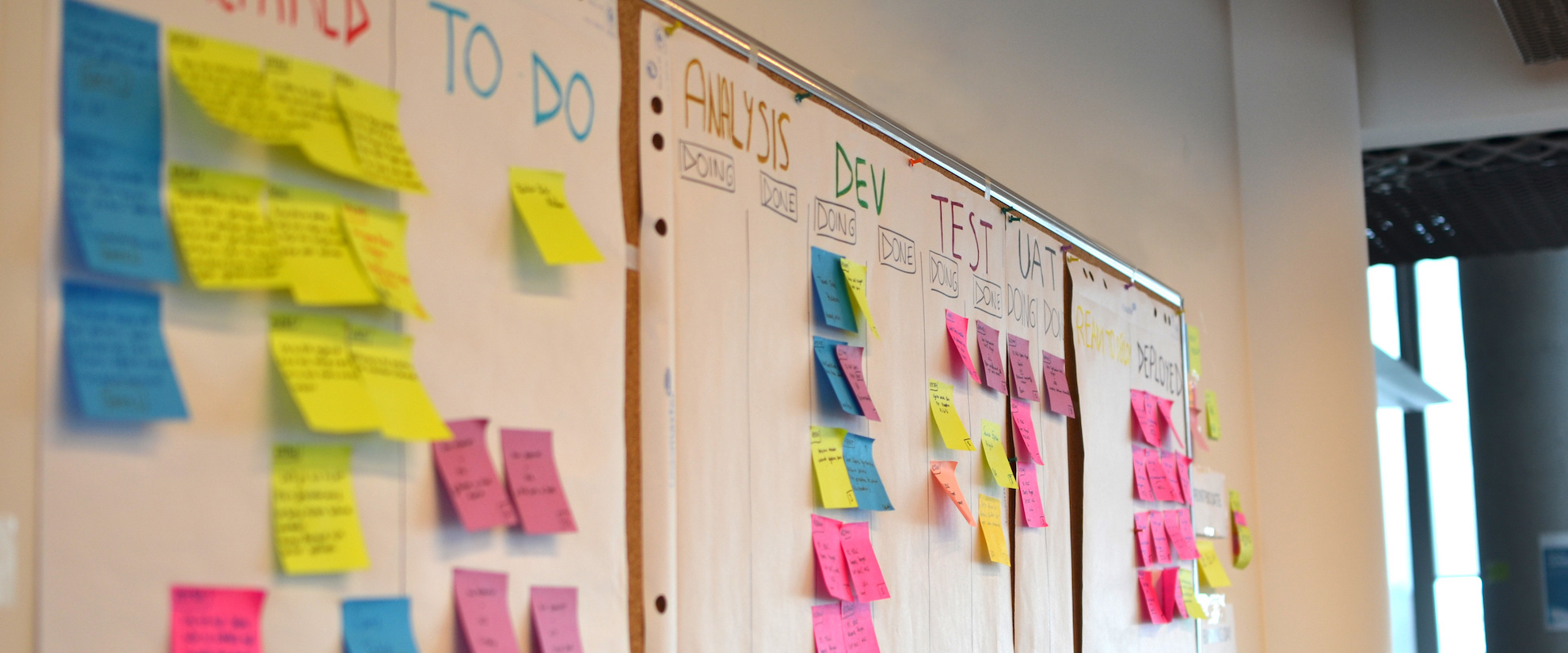Building Work Systems for Rapid Innovation in Business
16 Jul, 2025 | By leslie@leanexpansion.ca

The speed of business is accelerating. AI breakthroughs have led to shrinking product cycles, while customers maintain discerning expectations regarding speed, service, and costs. The cold reality– companies that fail to adapt fall behind. Today, a Work System that supports rapid innovation in business isn’t a nicety. It’s survival.
A previous article on systems improvement examined how the biggest gains in business are linked to four fundamental systems within your organization – the Work System, People System, Management Systems, and Voice of the Customer. Essentially, the formal processes, policies, and procedures that govern operations. Consider people systems as an example. Even the best talent won’t succeed if the system that shapes culture, engagement, and innovation is disconnected from customer expectations.
Organizations that aim to foster a culture of rapid innovation, better execution, and scalability have to focus on Work Systems. Staying ahead of the curve mandates a Work System that combines technology, data-driven experimentation, and process architecture to streamline execution and increase quality.
Traditional value streams that focus on material flow are no longer sufficient. Many of the leading companies we work with are integrating software, automation and data into physical products and services, either as part of the end product/service, or even as the key offering. When this happens, bottlenecks can quickly shift, invisibly disrupting the Work System through processes spanning across systems of code, data, and operations. When it comes to improving Work Systems, organizations require a two-fold strategy:
- Predicting where bottlenecks will occur
- Addressing real-time issues that pop up unpredictably
Diagnosing and correcting a Broken Work Systems requires three key components to support robust operations:
1) Fast and Flexible Experimentation Loops
The best Work Systems not only support innovation, they accelerate it. Organizations must shift from long, drawn-out projects to short sprints that allow for real-time design, testing, and iteration.
In practice, this involves three steps:
- Creating cross-functional teams (product, design, ops, and engineering) that collaborate from day one.
- Balancing workloads to prevent bottlenecks that slow work.
- Running small, low-risk experiments that replace high-stakes launches, allowing teams to learn and iterate faster.
2) Turning Information into Action
All organizations collect vast amounts of data, but often fall short when it comes to practical use and application. Organizations need to learn how to collect data, filter, analyze, store, and apply it to problem-solving.
In practice, this means:
- Automating data capture that eliminates human error and provides real-time visibility.
- Using customer journey insights to identify gaps and adjusting workflows accordingly.
- Implementing AI-powered analysis to predict issues before they occur, reducing failure rates and wait times,
3) Implementing Standardization to Scale (Without Stifling Innovation)
Standardization to scale can feel restrictive when mishandled. However, standardization is the foundation of agility and rapid innovation. Without defined processes, best practices, and automation, every product release, system update, and customer response becomes a time-consuming new process. It’s inefficient, inviting inconsistency and errors.
Creating a high-performing organization means looking beyond static rulebooks to build dynamic, adaptive standards that can evolve in response to real-time challenges and data.
In practice, this looks like:
- Rapid product/software releases that follow a structured, flexible playbook.
- Automated checks and alerts ensure adherence to standards.
- Using SIPOC (Supplier, Input, Process, Output, Customer) models to ensure process changes link directly to customer value–the goal is to create value.
Thirty years of focusing on systems improvement for Fortune 500 teams have provided one key insight–great Work Systems don’t just happen. They are meticulously designed and reinforced by leaders dedicated to eliminating friction, accelerating execution, and scaling innovation within organizations.
To succeed, the Work System needs to keep pace with the rapidly evolving market and all its fickle demands.
Most leaders know when the Work System is compromised. Signs include bottlenecking, product errors, and complaints, often accompanied by finger-pointing and blame between teams. When the Work System fails to perform, output and flow are compromised. Scale can feel like a pipedream.
For organizations ready to improve internal Work Systems for rapid innovation, our Systems Diagnostics Tool can provide valuable insights and feedback. If scalability and innovations are on the to-do list, fixing the Work system is one of the first steps.
Start now by calling 416.528.7990 or reach out using our contact page.


